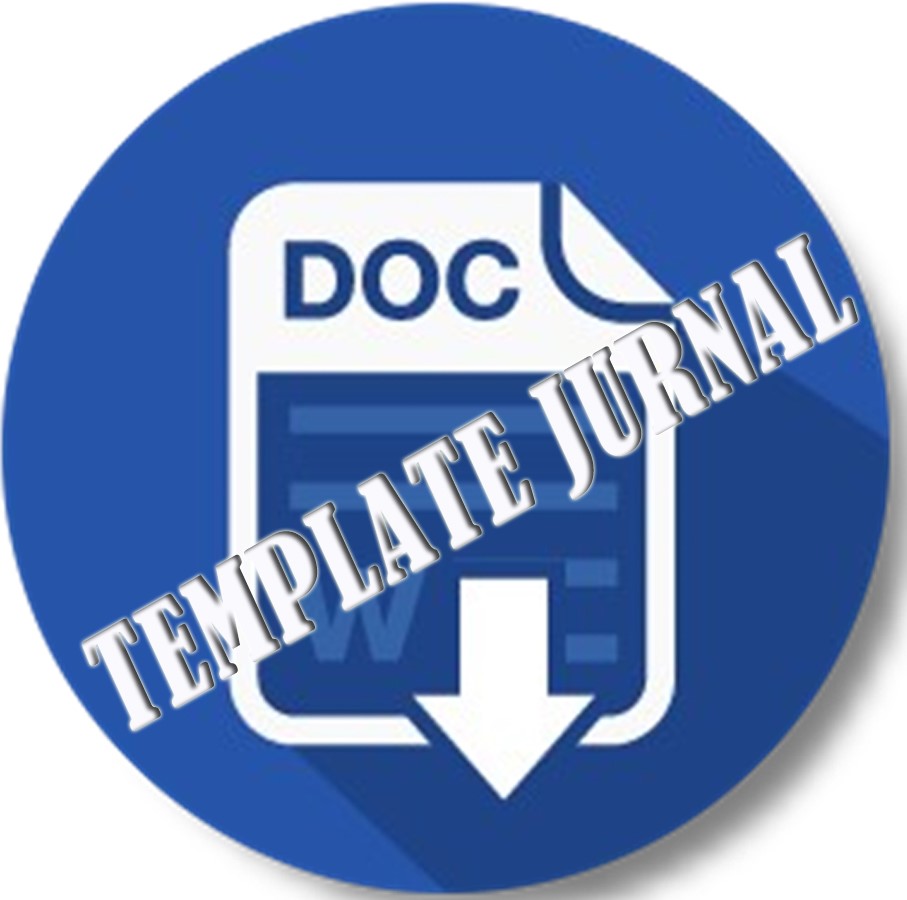REFORMASI KURIKULUM ARSITEKTUR DI INDONESIA
Abstract
Abstract:
The international certification of architects and the arrival of foreign architects in Indonesia from the global market have triggered moves to improve the architectural curricula in Indonesia. Many conferences, seminars and workshops have been organized by Indonesian schools of architecture to formulate the goals and strategies of the reform. While reform of education in architecture was and js welcomed by many stakeholders, for some it has caused feelings of anxiety and confusion. These feelings may, in part, be attributed to the gap between the way architecture is practiced by professionals and the way it is taught Other factors which hinder change include lack of readiness for reform in the schools and lack of financial and regulatory support from the government. There are many unfortunate conditions that impede the progress of curriculum improvement, including the social, economical and political upheavals in Indonesia since 1998. This paper highlights and discusses some of the significant hurdles which curriculum reform must address and proposes some approaches to solving these problems.
References
M. G. Fullan and S. Stiegelbauer, The New Meaning of Change. Inggris: Teachers College Press, Oxford., 1991.
M. G. Fullan, Change Forces: Probing the Depth of Education Reform. London: The Palmer Press, 1993.
R. Lovat, T.J., & Smith, Curriculum: Action on Reflection Revisited. NSW: Social Science Press, 1995.
U. G. Assembly, UNESCO-UIA Validation System for Architectural Education. Paris, 2002.
M. Qomarun, “PENDIDIKAN ARSITEKTUR MENUJU ILMU MULTI DISIPLIN,” in Refleksi Penggiat Akademisi dan Profesi Arsitektur Tahun 1993-2008, 2008, pp. 137–142. doi: 10.5555/asdf.
I. Departemen Pendidikan dan Kebudayaan, Peraturan Pemerintah Republik Indonesia Nomor 60 Tahun 1999 Tentang Pendidikan Tinggi. 1999.
A. Hargreaves, Changing Teachers, Changing Times: Teachers’ Work and Culture in the Postmodern Age. London: Cassell, 1994.
and I. K. M. G. A. M. Suartika, N. M. Swanendri, K. E. Saputra, “Studio Arsitektur Dan Relevansinya Dalam Pedagogi Rancang Bangun,” Space, vol. 10, no. 1, pp. 105–116, 2023.
C. Marsh, Handbook for Beginning Teachers. Australia: Longman, 1996.
S. Fullan, M G., and Stiegelbauer, The New Meaning of Education Change (fifth edition). London: Cassell, 2015.









